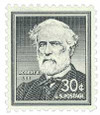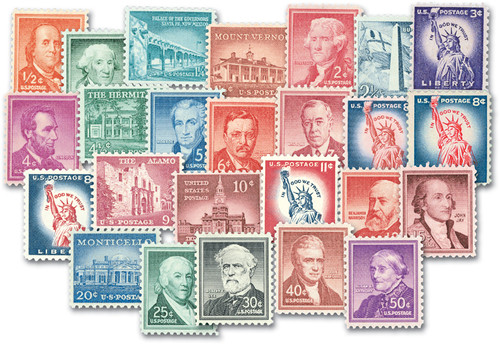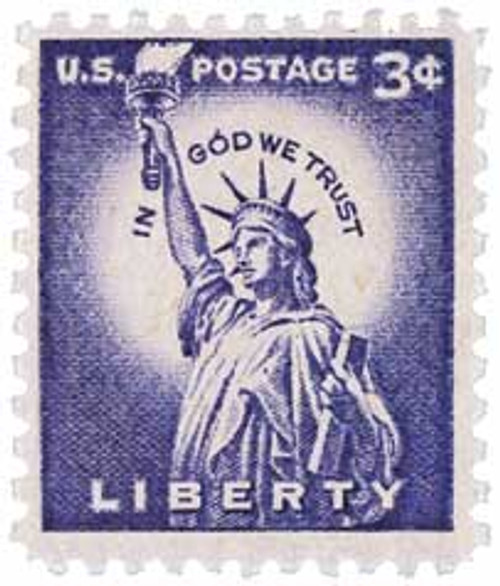
1955 Liberty Series,30¢ Robert E. Lee
# 1049 - 1955 Liberty Series - 30¢ Robert E. Lee
MSRP:
Was:
Now:
$0.35 - $425.00
(You save
)
Write a Review

Write a Review

1049 - 1955 Liberty Series - 30¢ Robert E. Lee
| Image | Condition | Price | Qty | |
|---|---|---|---|---|

|
Mint Plate Block
ⓘ
Ships in 1-3 business days.
Ships in 1-3 business days.
$ 13.75
|
$ 13.75 |
|
0
|

|
Mint Stamp(s)
ⓘ
Ships in 1-3 business days.
Ships in 1-3 business days.
$ 2.50
|
$ 2.50 |
|
1
|

|
Mint Sheet(s)
ⓘ
Usually ships within 30 days.
Usually ships within 30 days.
$ 425.00
|
$ 425.00 |
|
2
|

|
Used Single Stamp(s)
ⓘ
Ships in 1-3 business days.
Ships in 1-3 business days.
$ 0.35
|
$ 0.35 |
|
3
|

|
Unused Stamp(s)
small flaws
ⓘ
Ships in 1-3 business days.
Ships in 1-3 business days.
$ 1.75
|
$ 1.75 |
|
4
|
Mounts - Click Here
| Mount | Price | Qty |
|---|
U.S. #1049
30¢ Robert E. Lee
Liberty Series
30¢ Robert E. Lee
Liberty Series
Issue Date: September 21, 1955
City: Norfolk, VA
Printing Method: Rotary press dry printing
Perforations: 11 x 10.5
Color: Black
City: Norfolk, VA
Printing Method: Rotary press dry printing
Perforations: 11 x 10.5
Color: Black
U.S. #1049 is the 30¢ Robert E. Lee stamp of the 1954-61 Liberty Series.

U.S. #1049
30¢ Robert E. Lee
Liberty Series
30¢ Robert E. Lee
Liberty Series
Issue Date: September 21, 1955
City: Norfolk, VA
Printing Method: Rotary press dry printing
Perforations: 11 x 10.5
Color: Black
City: Norfolk, VA
Printing Method: Rotary press dry printing
Perforations: 11 x 10.5
Color: Black
U.S. #1049 is the 30¢ Robert E. Lee stamp of the 1954-61 Liberty Series.
!












